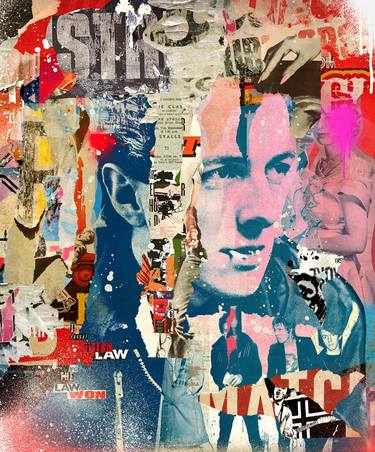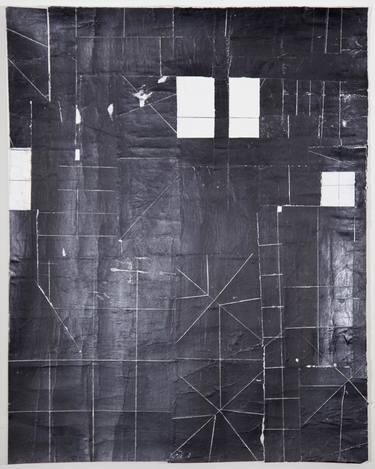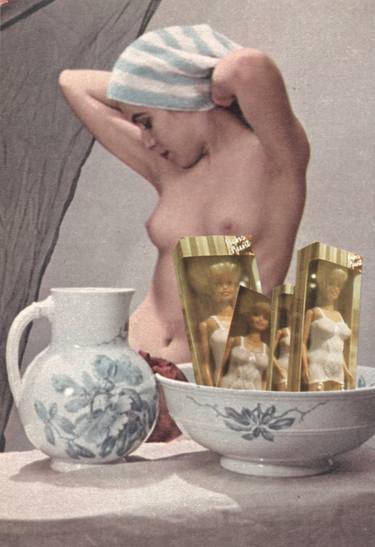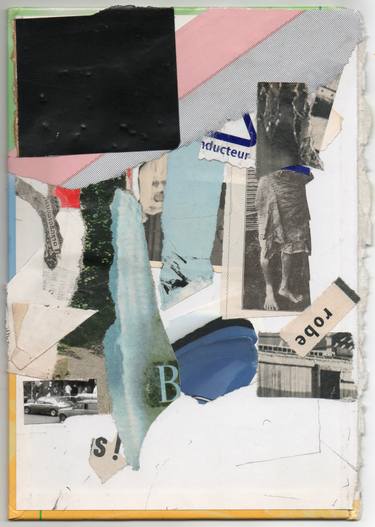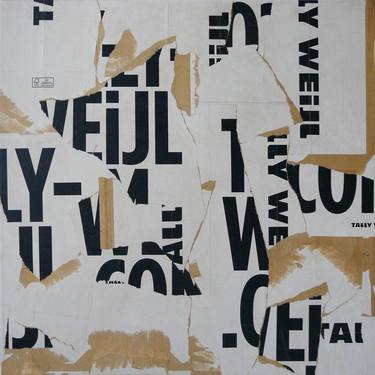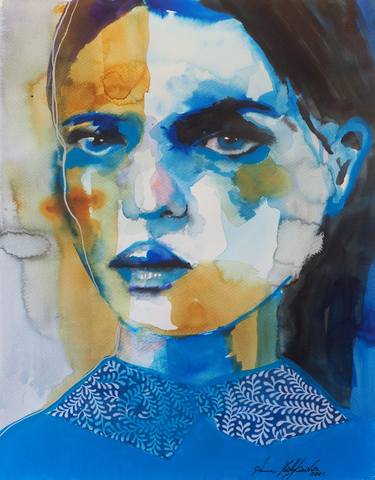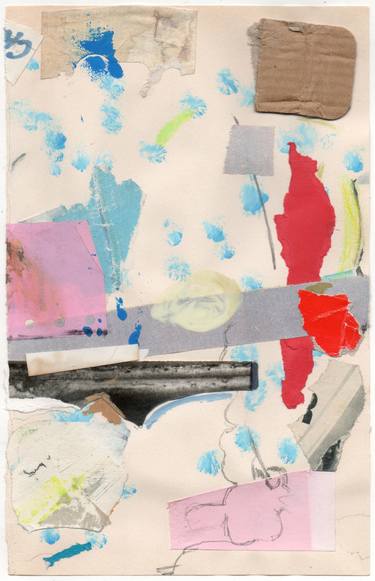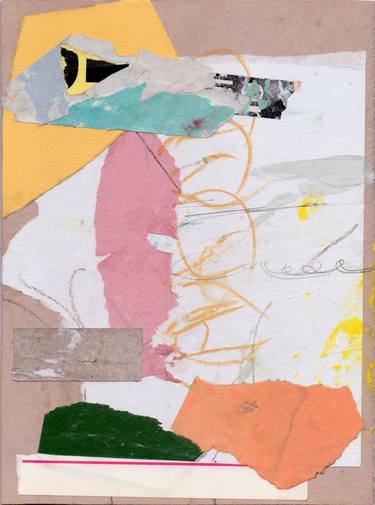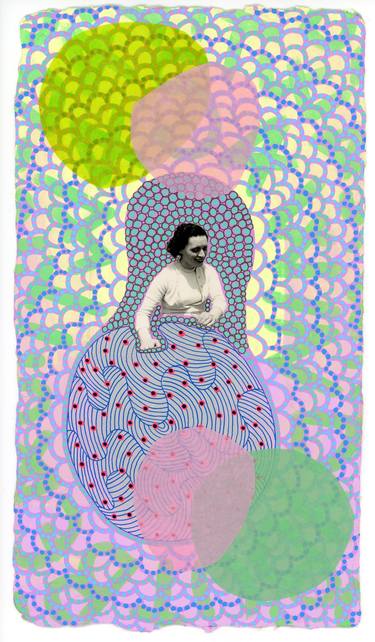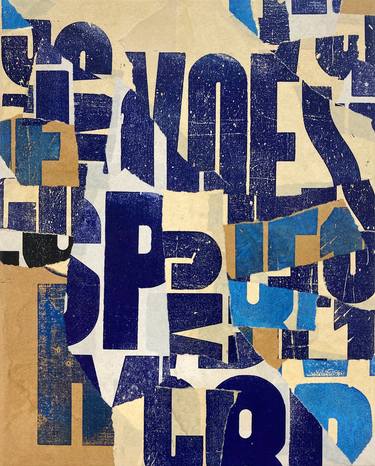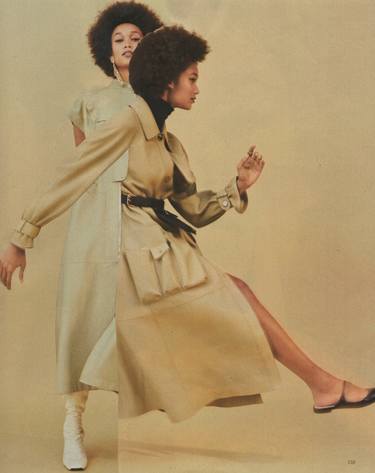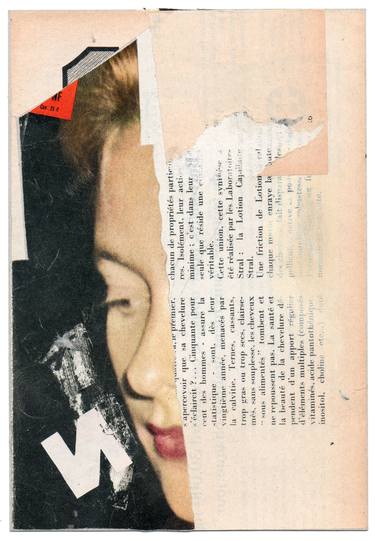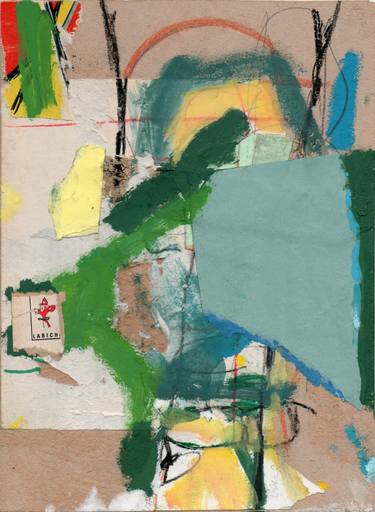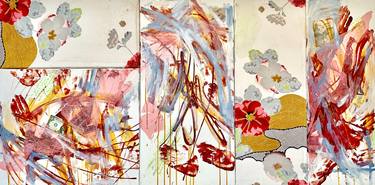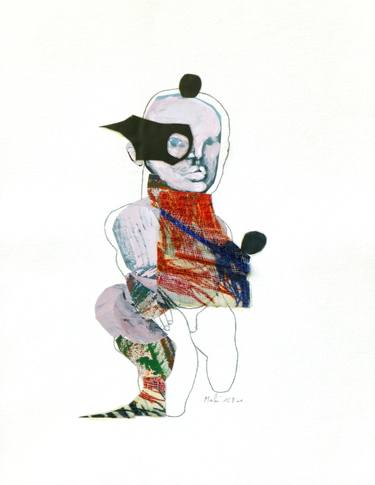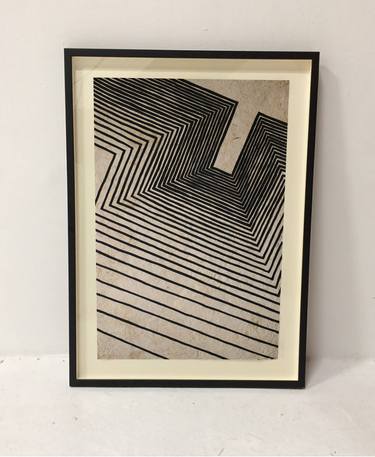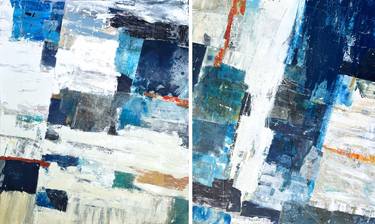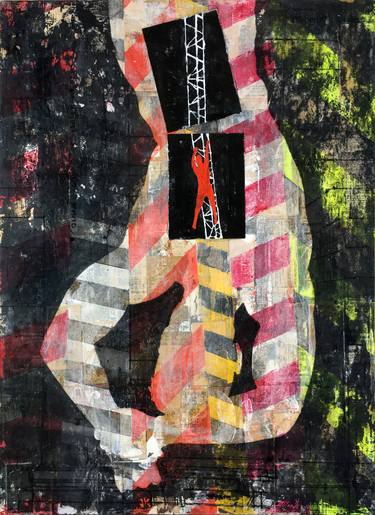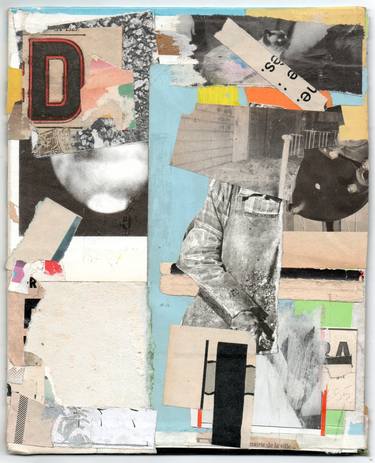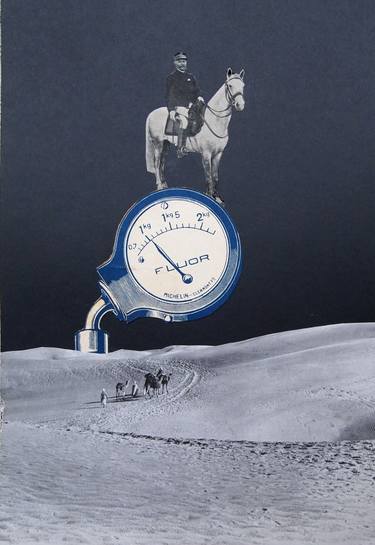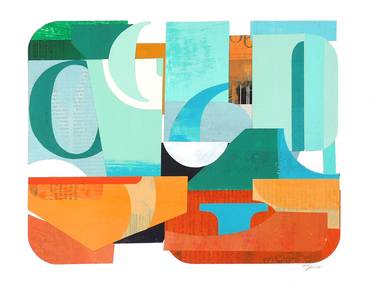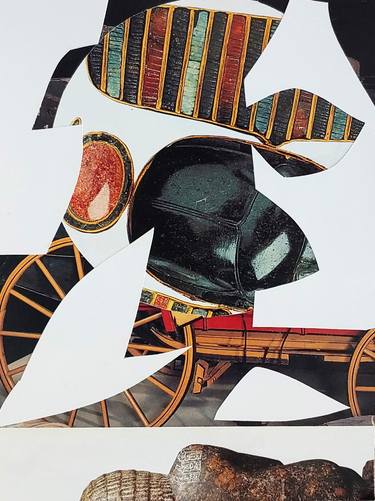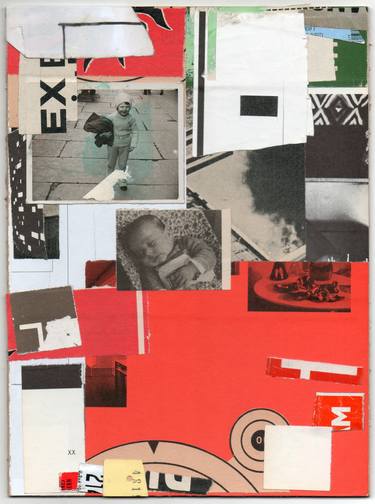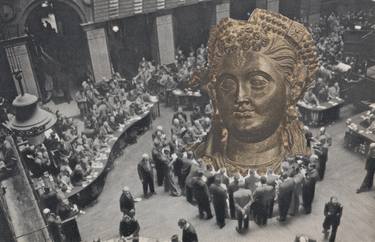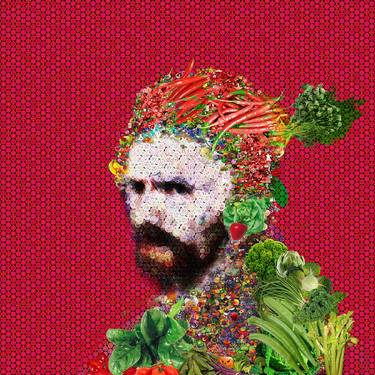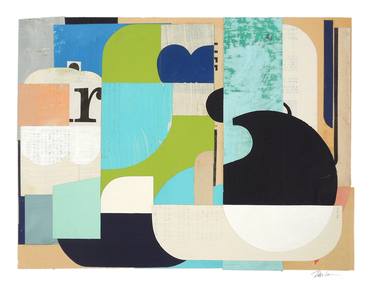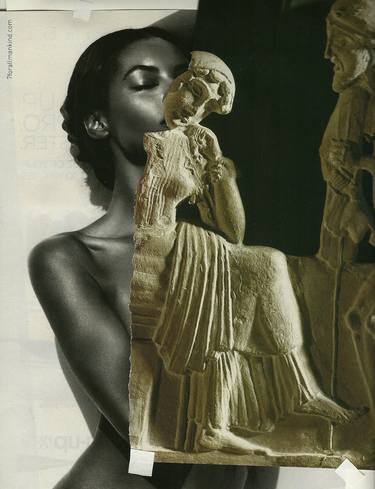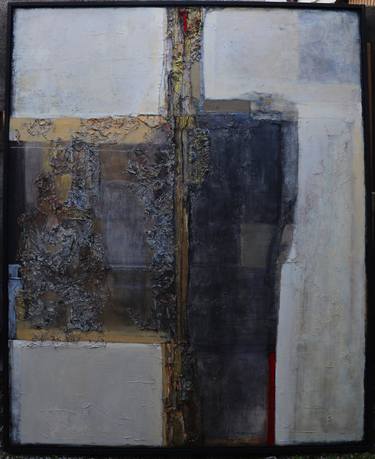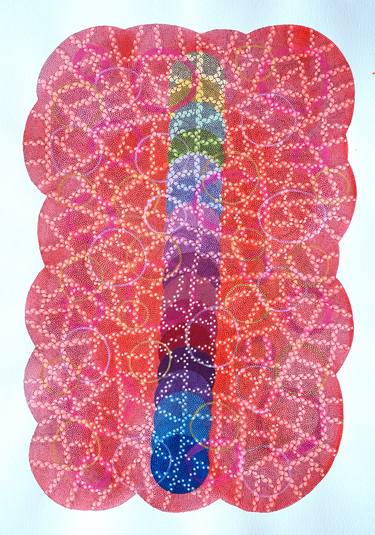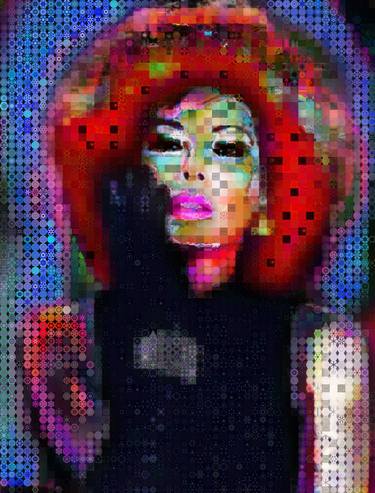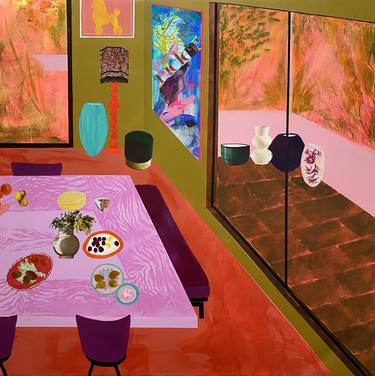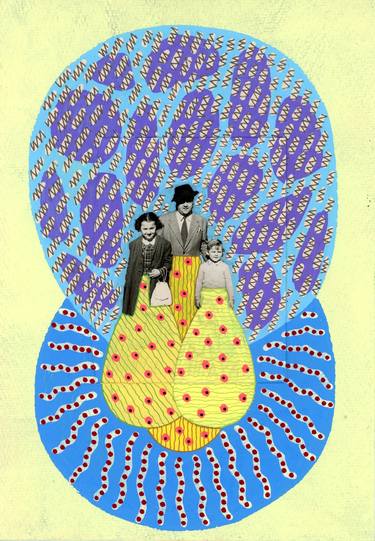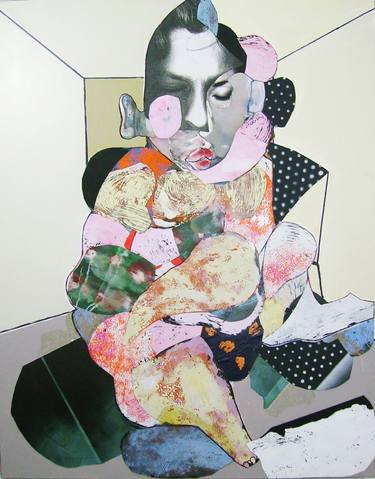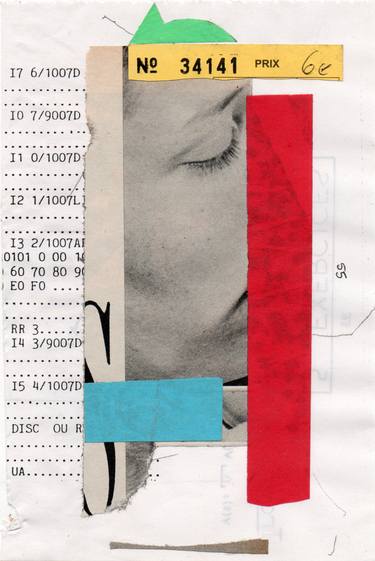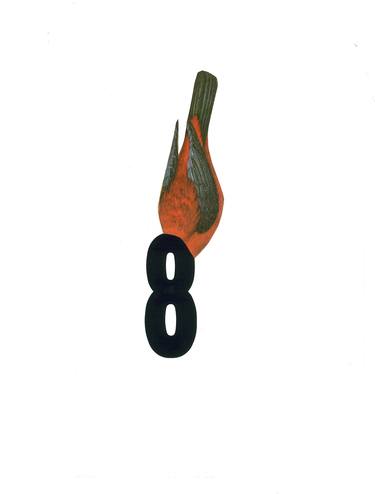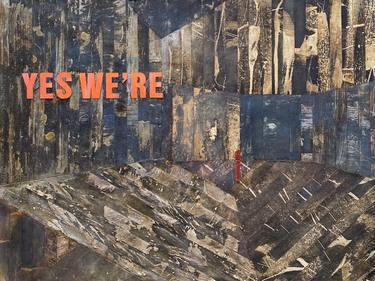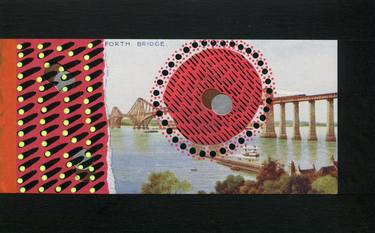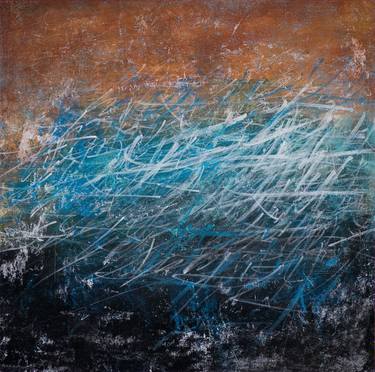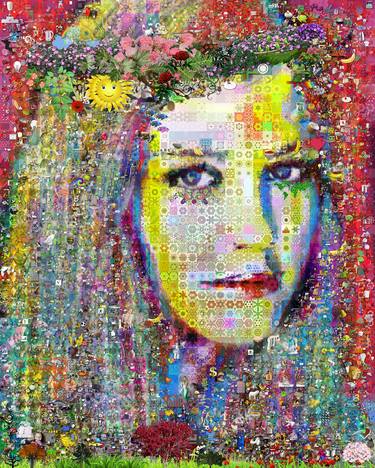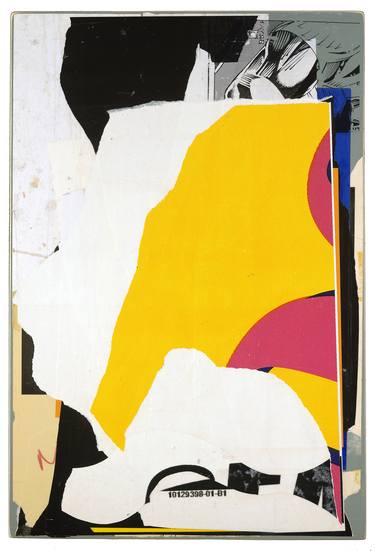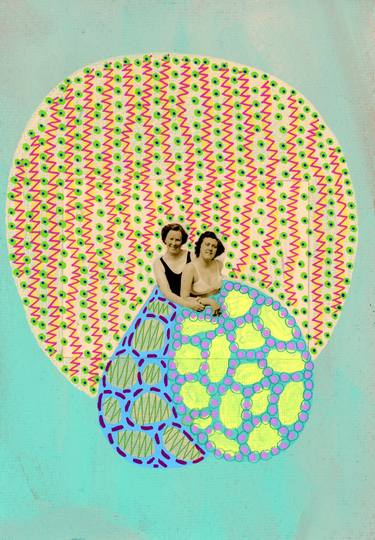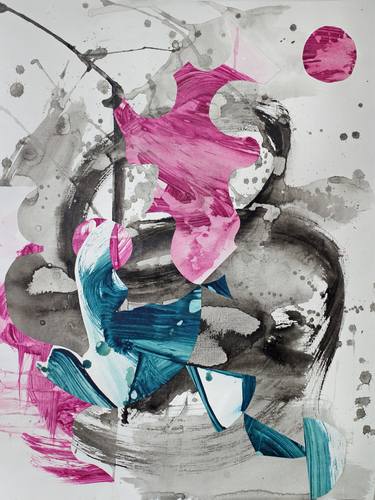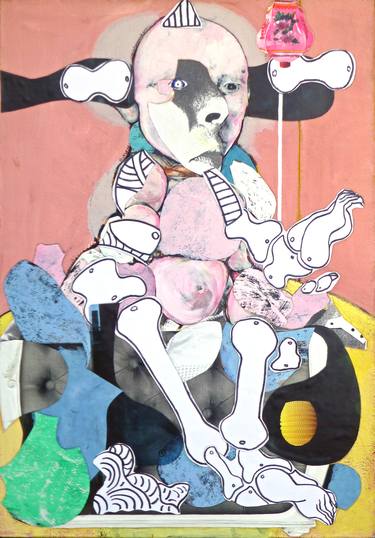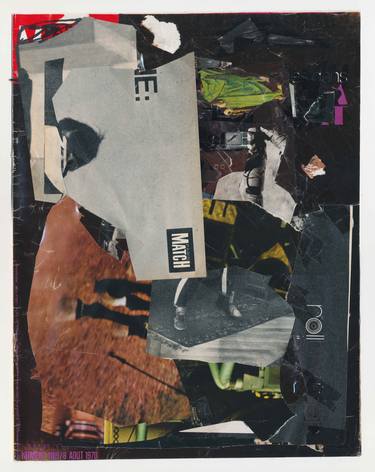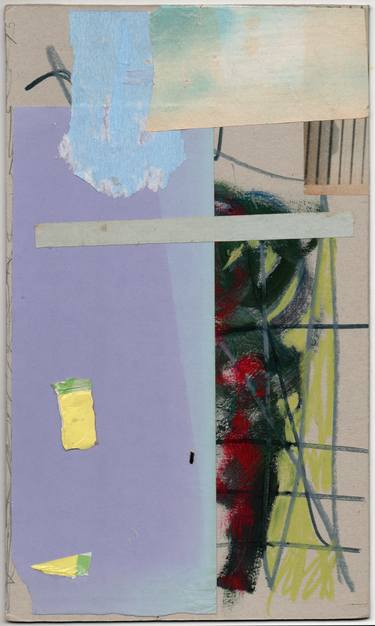Artworks In Your Cart Are Not Reserved.
- All Artworks
- Collage
Original Collages For Sale
Browse art and see similar matches
Try Visual Search
Category
Filter
With traditional, photomontage, decoupage and digital mixed media works, Saatchi Art offers 24,234 of two and three dimensional collages so you can find the perfect piece for your space.
Read More
Filter
Category
Style
Subject
Medium
Material
Price
Size
Orientation
Color
Artist Country
Featured Artist
Collage
, 30 W x 36 H x 0.1 D in
Canada
$3,560
Collage
, 22 W x 28 H x 0.1 D in
United States
$4,260
Collage
, 3.5 W x 5 H x 0.1 D in
United States
$465
Prints from $45
Collage
, 6.7 W x 9.7 H x 0.1 D in
France
$170
Collage
, 72 W x 36 H x 1.5 D in
United States
$8,400
Collage
, 18 W x 24 H x 1 D in
United States
$1,160
Collage
, 23.6 W x 23.6 H x 0.8 D in
France
$1,940
Prints from $79
Collage
, 15.7 W x 19.7 H x 0.1 D in
Ireland
$510
Prints from $100
Collage
, 5.9 W x 9.3 H x 0.1 D in
France
$170
Collage
, 7 W x 9.4 H x 0.1 D in
France
$170
Collage
, 6.4 W x 11.4 H x 0.1 D in
Italy
$770
Prints from $40
Collage
, 13 W x 16.1 H x 0.8 D in
France
$1,290
Prints from $79
Collage
, 8.3 W x 11 H x 0.1 D in
United States
$540
Prints from $40
Collage
, 5.4 W x 7.9 H x 0.1 D in
France
$220
Collage
, 7.1 W x 9.7 H x 0.1 D in
France
$170
Collage
, 63.4 W x 31.7 H x 2 D in
Netherlands
$6,700
Prints from $50
Collage
, 12.6 W x 16.1 H x 0.1 D in
France
$400
Prints from $53
Collage
, 19.7 W x 29.5 H x 0.4 D in
Serbia
$1,900
Collage
, 120 W x 72 H x 1.5 D in
United States
$27,500
Collage
, 18 W x 24 H x 1 D in
United States
$1,150
Collage
, 7.2 W x 9 H x 0.1 D in
France
$240
Collage
, 8.3 W x 10.6 H x 0.4 D in
France
$770
Collage
, 12.5 W x 10 H x 0.1 D in
United States
$840
Collage
, 8 W x 10 H x 0.1 D in
United States
$890
Collage
, 7.2 W x 9.7 H x 0.1 D in
France
$200
Collage
, 6 W x 9 H x 0.1 D in
United States
$475
Prints from $45
Collage
, 58 W x 58 H x 1.5 D in
Germany
$3,220
Collage
, 9 W x 12 H x 0.1 D in
United States
$840
Collage
, 5.5 W x 8.5 H x 0.1 D in
France
$170
Collage
, 12 W x 9 H x 0.3 D in
United States
$615
Collage
, 51.3 W x 63.8 H x 1 D in
Japan
$18,870
Collage
, 16.5 W x 23.4 H x 0.1 D in
Italy
$680
Prints from $40
Collage
, 60 W x 80 H x 5 D in
Germany
$3,520
Collage
, 39.4 W x 39.4 H x 1.6 D in
United Kingdom
$3,685
Collage
, 5.5 W x 7.9 H x 0.1 D in
Italy
$570
Prints from $50
Collage
, 22 W x 32.3 H x 0.4 D in
Australia
$1,430
Collage
, 28.7 W x 36.2 H x 0.8 D in
France
$1,780
Prints from $73
Collage
, 5.4 W x 8.1 H x 0.1 D in
France
$170
Collage
, 11.8 W x 9.1 H x 0.1 D in
France
$570
Prints from $50
Collage
, 31 W x 21 H x 0.5 D in
United States
$480
Prints from $89
Collage
, 40 W x 30 H x 1 D in
United States
$3,575
Prints from $100
Collage
, 5.5 W x 3.4 H x 0.1 D in
Italy
$270
Prints from $40
Collage
, 36 W x 36 H x 1.5 D in
Canada
$4,170
Collage
, 48 W x 60 H x 2 D in
Germany
$3,540
Collage
, 24 W x 36 H x 2 D in
United States
$3,175
Collage
, 5.5 W x 7.9 H x 0.1 D in
Italy
$570
Prints from $50
Collage
, 18 W x 24 H x 0.1 D in
United States
$1,200
Collage
, 31.9 W x 45.7 H x 0.8 D in
France
$3,010
Prints from $73
Collage
, 9.1 W x 14.2 H x 0.4 D in
Germany
$555
Prints from $40
Collage
, 6.7 W x 11.5 H x 0.1 D in
France
$170
50 Results Per Page
